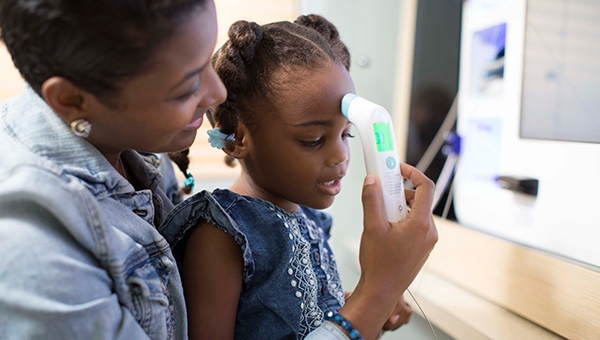Burn Symptoms - Causes & Treatment
You accidentally touch a hot stove, pan or tray. You spill hot water on yourself. You touch a hot lawnmower or piece of yard equipment. You’ve burned yourself. It stings and your burned skin turns colors. You immediately run cold water over the burned area.
Burns can hurt for days to weeks and the affected area is sensitive.
Burns typically happen from hot liquids, chemicals, electricity, fire and the sun. Burns can affect every part of your body from head to toe and are common injuries for children.
Burns have three levels:
- First degree – superficial and are characterized by redness, dry skin, swelling and peeling skin as the burn heals
- Second degree – blistering and soreness as the burn affects deeper and thicker into skin layers. Second degree burns cause scabs.
- Third degree – third degree burns are serious affecting both the exterior layers of skin and layers beneath the skin. Third degree burns may cause leathery skin, discoloration, swelling, and can destroy nerves. Sometimes, third degree burns do not cause pain because of damaged nerves. If you suspect a third degree burn, call 911 immediately. This is a medical emergency.
Your primary care doctor or urgent care provider may recommend:
- Keeping the burned area cool by using running water or a cold towel or compresses. Never ice a burn as it can slow healing or cause frostbite to a damaged area.
- Removing tight clothing near the burn
- Keeping the skin clean with mild soap, water, antibiotic ointments and nonstick bandages
- Keeping the skin moist with moisturizer, aloe vera or creams
- Pain relief medications



